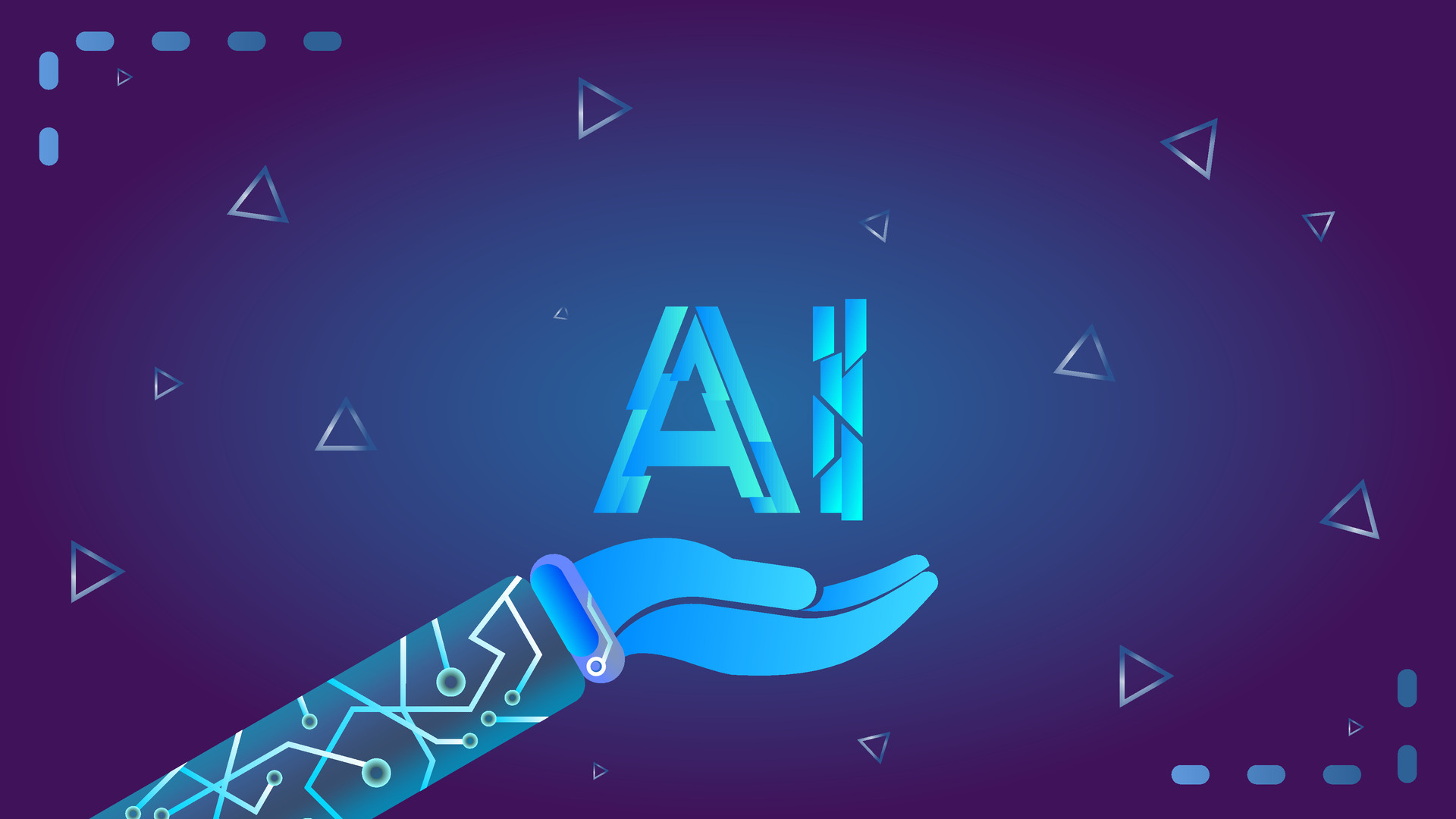About this course
Artificial Intelligence (AI) is transforming the way we work, offering powerful tools that improve productivity, streamline communication, and assist in decision-making. However, these same tools also introduce new cybersecurity risks that can compromise sensitive information, expose organizations to phishing attacks, and create opportunities for malicious actors to exploit unsuspecting users.
AI Cybersecurity for End Users is a practical training program designed to equip employees with the knowledge and skills needed to safely and responsibly use AI-powered tools in the workplace. This course emphasizes the critical role of end users as the first line of defense against AI-related threats, ensuring that everyone from entry-level staff to managers understands how to recognize risks, follow organizational policies, and escalate concerns appropriately.
Through a structured learning journey, participants will learn to identify both obvious and hidden AI tools in their daily workflows, distinguish between safe and unsafe data sharing practices, and adopt secure usage habits such as verifying AI outputs and maintaining strong account protection. Learners will also gain the ability to recognize AI-generated phishing attempts, deepfakes, and other synthetic content that could pose threats to organizational security.
By the end of the course, participants will have a practical AI security checklist they can apply every day, along with the confidence to make informed decisions when working with AI systems. This training not only strengthens individual awareness but also contributes to building a culture of security across the organization.
Learning Objectives
By the end of this course, learners will be able to:
• Identify AI tools and hidden AI features in daily software.
• Differentiate between confidential, sensitive, and public information.
• Apply best practices for secure AI tool usage, including account protection and verification of outputs.
• Recognize and respond to AI-generated phishing attempts and suspicious content.
• Stay alert to emerging AI threats such as deepfakes and synthetic media.
• Use a daily AI security checklist to reinforce safe practices.
Target Audience
• Employees at all levels who interact with AI-powered tools in their daily work.
• Professionals in non-technical roles seeking to strengthen their cybersecurity awareness.
• Organizations implementing AI tools and aiming to build a security-conscious workforce.
Prerequisite
• No prior technical or cybersecurity knowledge required.
• Basic familiarity with workplace productivity tools (e.g., email, word processors, communication apps) is recommended.


